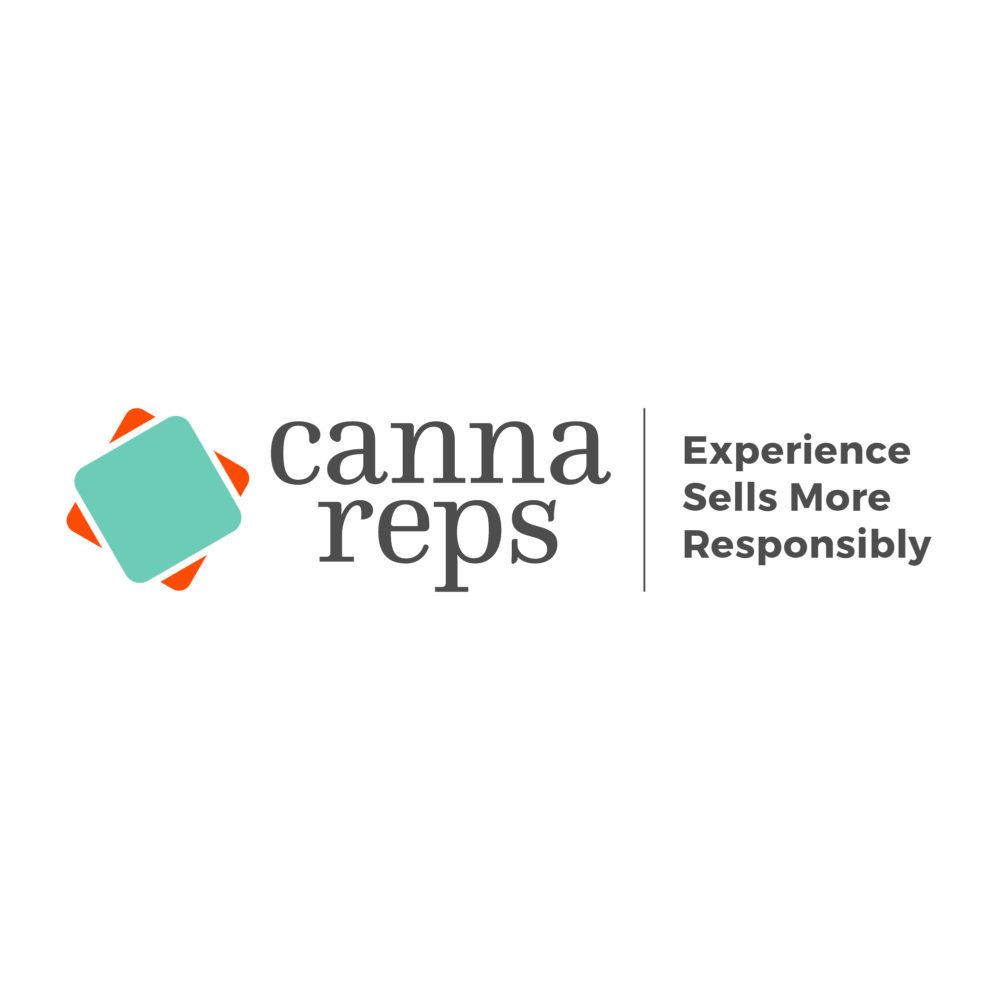Introduction to Living Soil
Section 1
Living Soil History: Why is this important?
Point #1 – Less invasive forms of crop planting and gathering were used
by our ancestors for many hundreds of years before intensified
till-based farming became the global standard.
Point #2 – This change commenced during the end of the last ice age
with the death of the megafauna that we had become so astute at
hunting, and it becomes a global standard by about 5000 years ago
with the development of the agriculturally based city state.
Point #3 – In the light of recent academic publications, it becomes
clear that intensified till-based agriculture was at least initially a survival
strategy that arose out of environmental instability, rather than a willing
‘technological advancement.’
Point #4 – The commoner in early city states would have had a far less
varied diet and lower physical activity than their ancestors did.
Agriculturally based sedentary living came with disadvantages.
Point #5 – The long term effects of this modern way of life turned out to
be the perfect recipe for social inequality and ecological instability for
human cultures.
Point #6 – There are countless examples of cultures that have perished
due to social instability caused at least in part due to environmental
mismanagement, and clearing away old growth is typically at the
center of the issue. These examples include the Mayans, Easter Island,
Summaria and countless others.
What are the differences between organic and no-till
organic?
Point #1 – Traditional non-organic till-based agriculture not only
devastates old growth, but also has the potential of leaking fertilizers
into the watershed, destabilizing ecosystems in both the earth and the
water this way.
Point #2 – Typical organic agriculture does not always include no-till
methods, meaning that although something carries organic
certification, it does not mean that regenerative farming practices that
take the long term well-being of the soil and surrounding environment
into consideration have been applied.
Point #3 (with demo) – Mike shows us some plants being grown in
what is mostly peat-based soilless medium. Nutrients are still added in
a water-soluble form rather than having sufficient naturally occurring
nutrients in the organic substrate. Plants like these can be certified
organic, but they are not necessarily grown using no-till organic
methods, as in the case of the plants shown.
Point #4 (with demo) – No-till organic farming is defined by the use of
cover crops, beneficial fungi, microbes, insects and worms while
abandoning tilling in order to create sustainable microbial and fungal
life. It’s all about the interaction between flora and fauna!
Section 2
Epigenetics definition and examples
Point #1 – Epigenetic change occurs primarily through DNA
methylation and other environmentally driven biochemical interactions
that change how a genome is read and expressed rather than
changing the genetic code itself. These changes in how DNA is read
can be inheritable, allowing for rapid cross-generational changes.
Point #2 – Some examples that help us plainly observe epigenetic
change are twins, where differences in personality and even body
morphology can be seen within months of birth, despite the fact that
each twin is genetically identical.
Point #3 – The inheritability of trauma in humans illustrates how even a
single experience in your lifetime can have permanent effects on how
your offspring develop and react to certain stressors.
Point #4 – Plants are likewise capable of passing stress experienced
through life. This is how they can adapt so quickly to environmental
stressors.
Point #5 – This illustrates why most outdoor plants perform so poorly in
the harsh Canadian climate; we just have not been taking plants to
seed outdoors for several generations, allowing that memory to be
retained.
Point #6 – Epigenetics will be a recurring theme throughout the
course, because living soil truly does provide plants with the ability to
reconnect with something ancient that unlocks the full potential of
your cultivar.
Terroir definition and example
Point #1 – Definition of terroir: every component in a plant’s
environment including people, flora and fauna.
Point #2 (with demo) – We saw two crops that are genetically identical
and yet we observe a much denser, more bulbous bud in the
non-organic soilless medium, while the no-till organic living soil
produced a much less dense bud with a slightly more intense and
complex aroma.
Point #3 – In this course, we will encourage our students to start with a
basic ‘Clackamas Coot’ mix, which consists of 1⁄3 aeration, 1⁄3 peat moss,
1⁄3 composted soil plus minor amendments.
Point #4 – We will also learn how to establish a healthy and varied top
cover and make natural teas for different phases of plant life. We’ll aim
to gradually enrich our soil mix with the organic breakdown and
microbial life necessary for it to become a living, self-sustaining
medium capable of indefinitely supporting plants without the need of
any water-soluble feed.
3 Responses
Leave a Reply
You must be logged in to post a comment.



Amazing
I love that I can go back on these and reference them if I ever forget something
Fantastic teaching done in a holistic foundation.